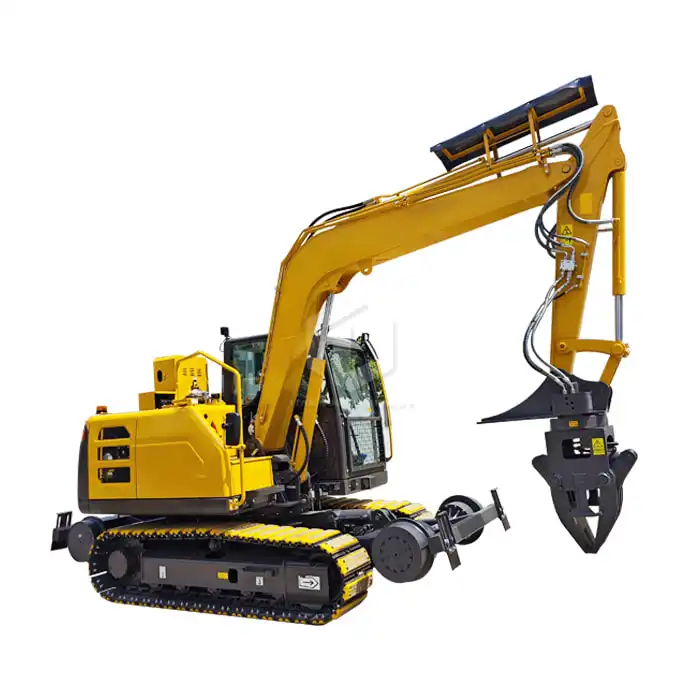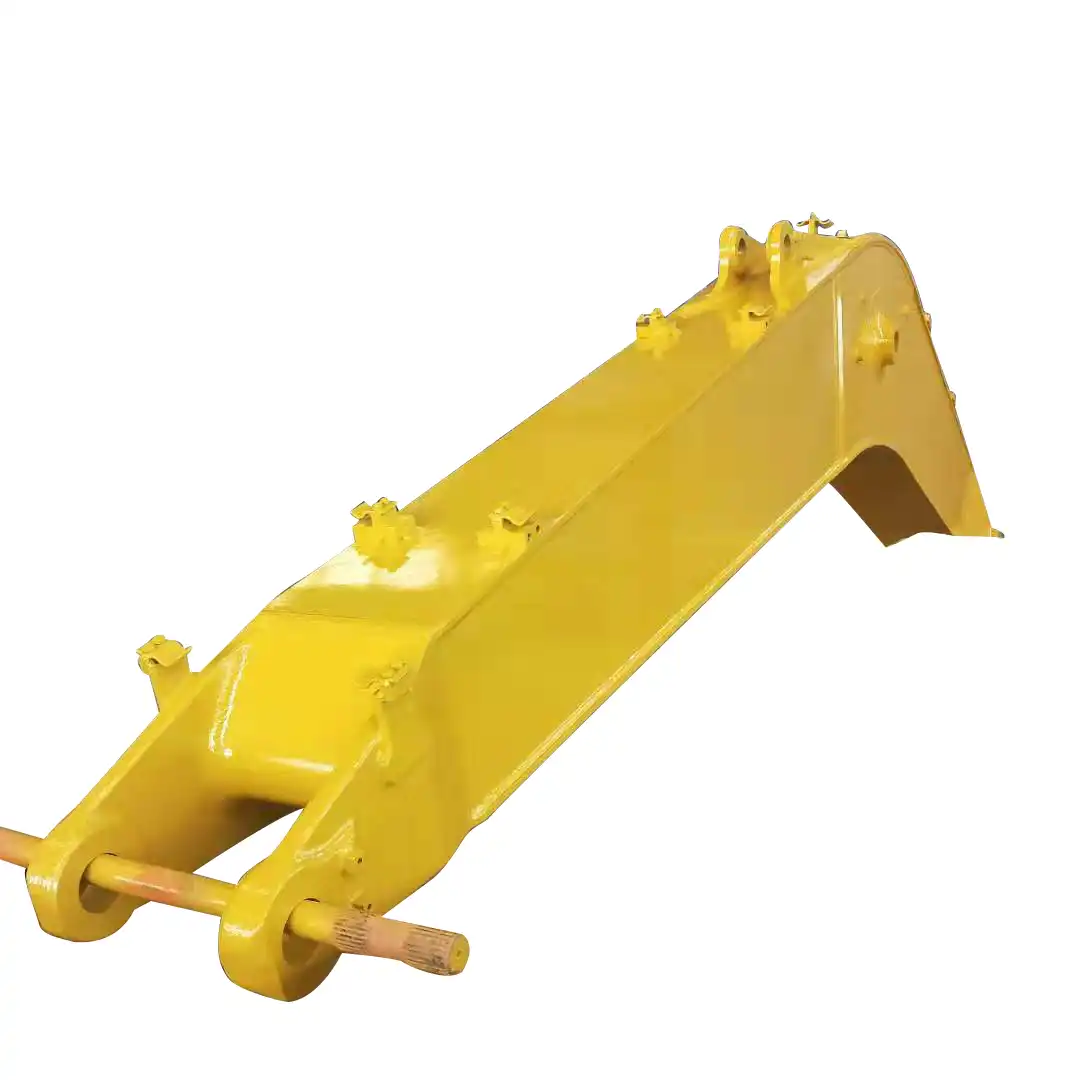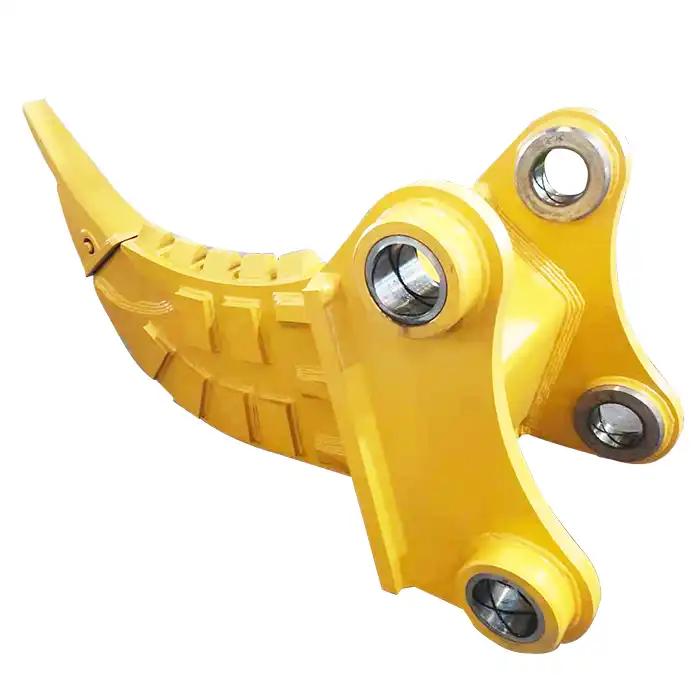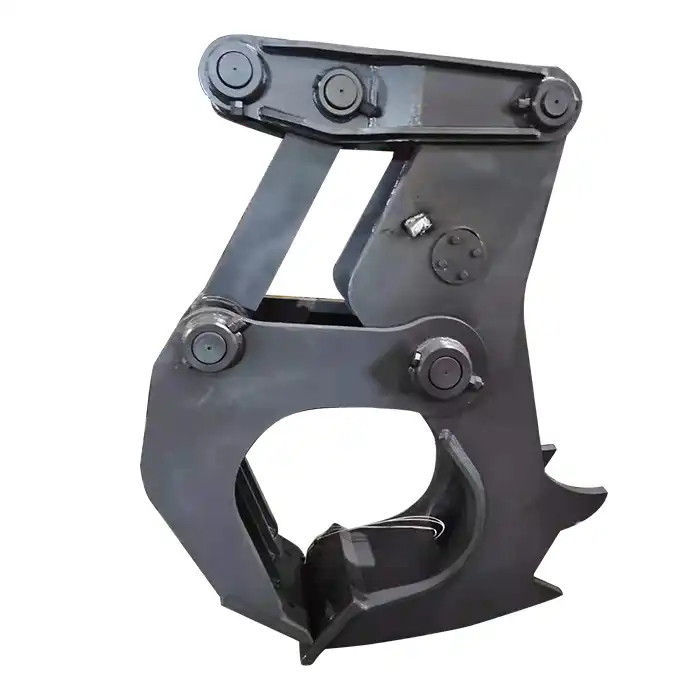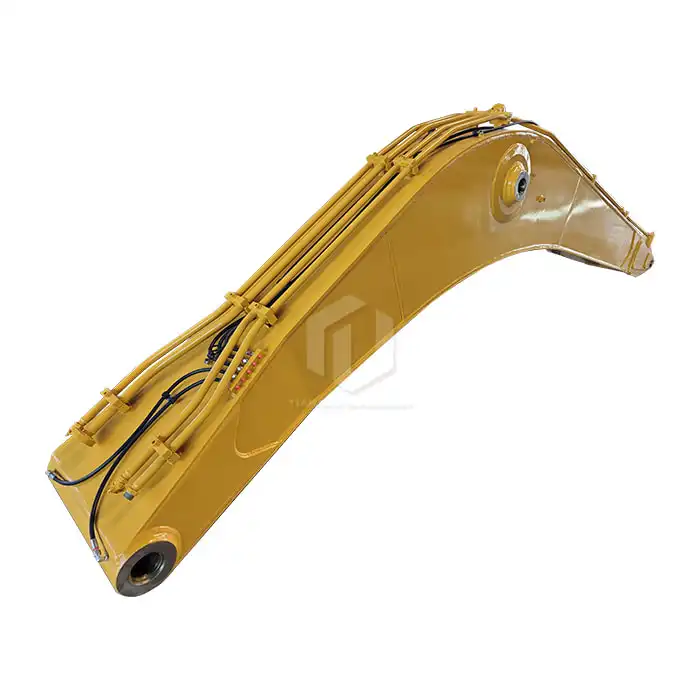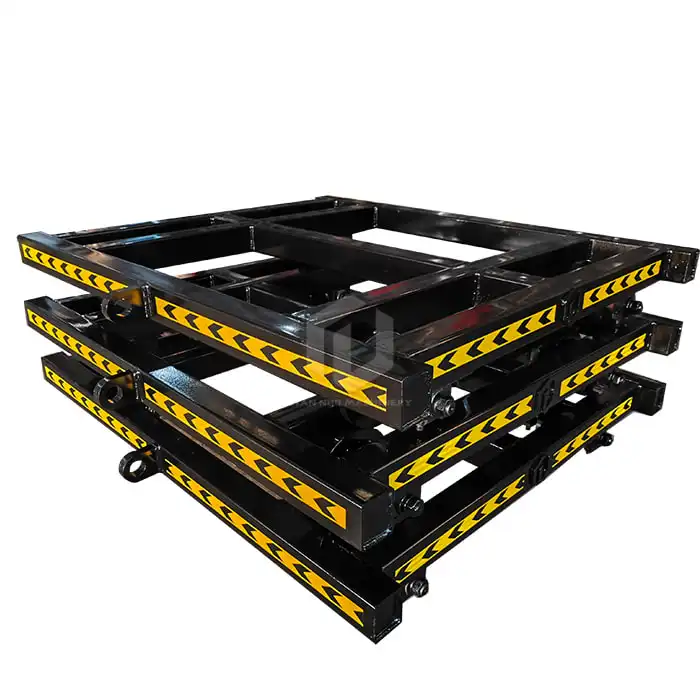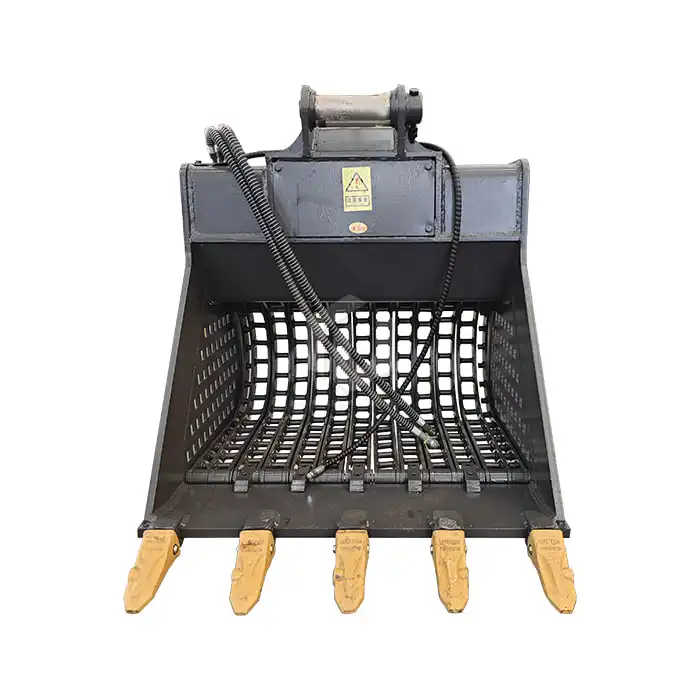Excavator High Reach Demolition Long Boom And Arm Parts
In the realm of construction and demolition, specialized equipment plays a crucial role in ensuring efficiency, safety, and precision. Among these specialized tools, the excavator high reach demolition long boom and arms stand out as a vital component for tackling challenging demolition projects. This article delves into the intricacies of this essential equipment, exploring its various parts and their functions, while shedding light on the importance of high-quality components in ensuring optimal performance.

Understanding the Excavator High Reach Demolition Long Boom
The excavator high reach demolition long boom and arm is a specialized attachment designed to extend the reach and capabilities of standard excavators. This equipment is particularly valuable in demolition projects where height and precision are paramount. The long boom allows operators to safely and efficiently demolish tall structures while maintaining a safe distance from falling debris.
The design of the high reach demolition long boom prioritizes both reach and stability. It typically consists of a main boom, a stick (or dipper arm), and various hydraulic components that work in tandem to provide the necessary power and control. The extended length of the boom allows for demolition work at heights that would be impossible with standard excavator attachments.
One of the key advantages of using a high reach demolition long boom is the enhanced safety it provides. By allowing operators to work from a greater distance, it significantly reduces the risks associated with falling debris and structural collapse. This increased safety factor is particularly crucial in urban environments or when dealing with unstable structures.
Moreover, the precision offered by these specialized booms cannot be overstated. Operators can target specific parts of a structure with pinpoint accuracy, which is essential for controlled demolition in sensitive areas or when preserving adjacent structures is necessary.
Essential Components of the Excavator High Reach Demolition Long Boom
To fully appreciate the functionality of the excavator high reach demolition long boom and arm, it's important to understand its key components:
1. Boom Cylinders: These hydraulic cylinders are responsible for the primary movement of the boom. They provide the power needed to lift and lower the entire assembly, allowing for vertical positioning of the demolition tools. The boom cylinders must be robust and precisely engineered to handle the significant stress and weight associated with demolition work.
2. Arm Cylinders: Also known as stick cylinders, these components control the movement of the dipper arm. They allow for the extension and retraction of the arm, providing the reach necessary for high demolition work. The arm cylinders work in conjunction with the boom cylinders to position the demolition tools accurately.
3. Bucket Cylinders: While the term "bucket" might seem out of place in a demolition context, these cylinders control the attachment at the end of the arm. In demolition work, this could be a variety of tools such as crushers, shears, or hammers. The bucket cylinders provide the force needed to operate these attachments effectively.
4. High-Pressure Hoses: These are the lifelines of the hydraulic system. High-pressure hoses transport the hydraulic fluid that powers all the cylinders and moving parts of the boom. They must be able to withstand extreme pressures and harsh working conditions without failing.
Each of these components plays a vital role in the overall functionality of the excavator high reach demolition long boom and arm. The quality and durability of these parts directly impact the performance, safety, and longevity of the equipment. High-grade materials and precise engineering are essential in manufacturing these components to ensure they can withstand the rigorous demands of demolition work.
It's worth noting that the design and construction of these components often involve advanced materials and manufacturing techniques. For instance, the cylinders may utilize specialized seals and coatings to enhance their durability and performance under high-stress conditions. Similarly, the high-pressure hoses might incorporate multiple layers of reinforcement to prevent bursting under extreme pressures.
Maintenance and Care of Excavator High Reach Demolition Long Boom Components
The longevity and reliability of an excavator high reach demolition long boom heavily depend on proper maintenance and care of its components. Regular inspections and preventive maintenance are crucial to ensure optimal performance and safety.
Boom and Arm Cylinders: These should be inspected regularly for signs of wear, leaks, or damage. The seals and piston rods are particularly susceptible to wear and should be checked meticulously. Any signs of hydraulic fluid leakage should be addressed immediately, as this can lead to reduced performance and potential safety hazards.
Bucket Cylinders: Similar to the boom and arm cylinders, these components require regular inspection. Pay special attention to the mounting points and any visible wear on the cylinder rods. Proper lubrication is essential to maintain smooth operation and prevent premature wear.
High-Pressure Hoses: These critical components should be inspected frequently for signs of wear, abrasion, or potential leaks. Even minor damage to a high-pressure hose can lead to catastrophic failure, posing significant safety risks. Hoses should be replaced at the first sign of wear or damage, and routing should be checked to ensure there's no rubbing or chafing against other parts of the machine.
In addition to regular inspections, it's crucial to follow the manufacturer's guidelines for maintenance schedules and procedures. This often includes regular oil changes, filter replacements, and hydraulic system flushes. Proper maintenance not only extends the life of the equipment but also ensures optimal performance and safety during operation.
Operator training is another critical aspect of maintaining excavator high reach demolition long booms and arms. Proper operation techniques can significantly reduce wear and tear on components, while improper use can lead to premature failure and potential safety hazards. Operators should be thoroughly trained in the correct use of the equipment, including understanding the limitations and proper load distributions.
It's also worth considering the environmental conditions in which the equipment operates. Extreme temperatures, dust, and moisture can all impact the performance and longevity of components. In harsh environments, more frequent inspections and maintenance may be necessary to ensure the equipment continues to operate safely and efficiently.
Lastly, when repairs or replacements are necessary, it's crucial to use high-quality, OEM-approved parts. While aftermarket parts may seem more economical in the short term, they may not meet the same quality standards and could lead to premature failure or compromised safety.
Excavator High Reach Demolition Long Boom And Arm For Sale
When it comes to selecting a manufacturer for your excavator high reach demolition long boom and arm, Tiannuo Machinery stands out as a leading choice. As a specialized manufacturer and supplier, Tiannuo Machinery brings extensive expertise to the production of these critical components.
Tiannuo Machinery's commitment to quality and innovation ensures that their products meet the highest standards of performance and safety. Whether you're in need of a high reach demolition long boom or specialized tunnel construction equipment, Tiannuo Machinery has the expertise and products to meet your needs.
For more information or to discuss your specific requirements, don't hesitate to reach out to the Tiannuo Machinery team. You can contact their manager at arm@stnd-machinery.com, or team members at rich@stnd-machinery.com and tn@stnd-machinery.com. Their experienced staff will be happy to assist you in finding the perfect solution for your construction or demolition needs.
References
- Cobo-Escamilla, A., González-Yunta, F., & González-Rodrigo, S. (2018). Demolition techniques and equipment. In Handbook of Construction Management (pp. 723-744). Springer, Cham.
- Diven, R. J., & Shaurette, M. (2010). Demolition: Practices, technology, and management. Purdue University Press.
- Gambatese, J. A. (2003). Controlled concrete demolition using explosives. Practice Periodical on Structural Design and Construction, 8(1), 23-30.
- Occupational Safety and Health Administration. (2016). Demolition: Construction in Reverse, with Additional Hazards. United States Department of Labor.
- Wang, J., Yuan, H., Kang, X., & Lu, W. (2010). Critical success factors for on-site sorting of construction waste: a China study. Resources, Conservation and Recycling, 54(11), 931-936.

